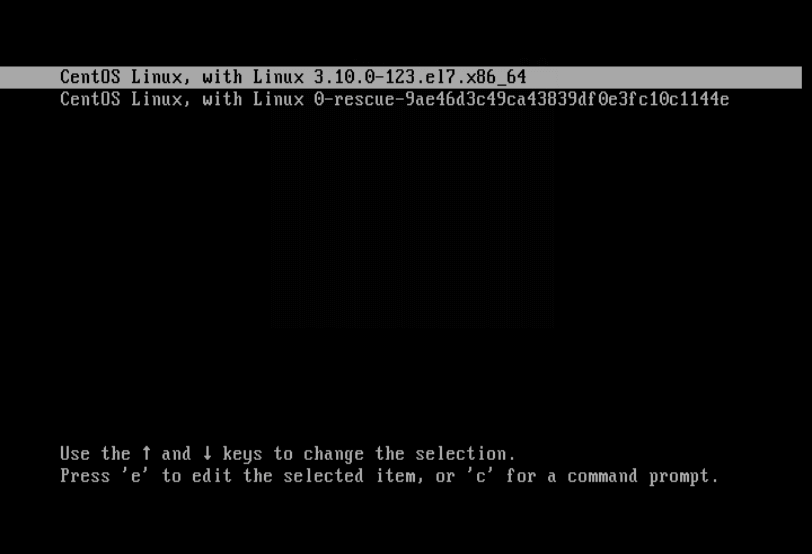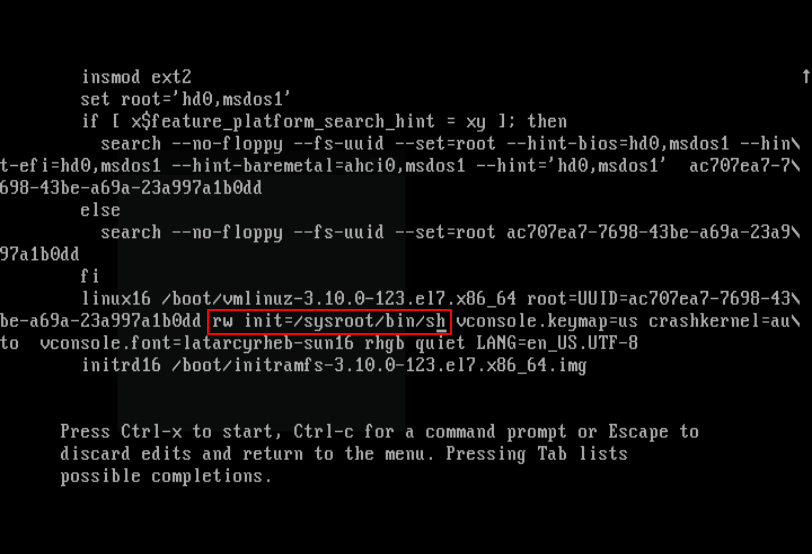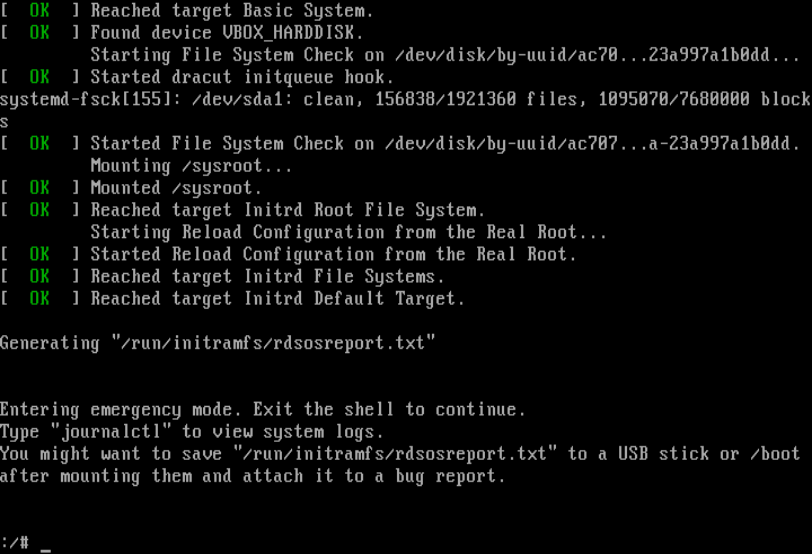How To Enable Single User Services In Single User
Single User Mode (sometimes known as Maintenance Mode) is a style in Unix-like operating systems such as Linux operate, where a handful of services are started at organisation boot for basic functionality to enable a single superuser perform certain critical tasks.
It is runlevel 1 under system SysV init, and runlevel1.target or rescue.target in systemd. Importantly, the services, if whatsoever, started at this runlevel/target varies past distribution. It's more often than not useful for maintenance or emergency repairs (since information technology doesn't offer any network services at all), when a computer is not capable of normal operations.
Some of the low-level repairs include running such as fsck of damaged disk partitions, reset root password if you have lost information technology, prepare "failed to mountain /etc/fstab" error – just to mention the about critical of them. And also when the organisation fails to boot normally.
In this tutorial, we will describe how to kick into single user mode on CentOS 7. Annotation that practically this volition help y'all enter the emergency mode and access an emergency shell.
How to Boot into Single User Mode
1. First restart your CentOS seven auto, once boot process starts, wait for the Chow boot bill of fare to appear as shown in the screen shot below.

2. Next, select your Kernel version from the grub menu particular and press e central to edit the offset boot option. Now utilise the Down arrow key to find the kernel line (starts with "linux16"), and so change the argument ro to rw init=/sysroot/bin/sh every bit shown in the screen shot below.

3. In one case you have finished the task in the previous step, press Ctrl-X or F10 to kicking into single user manner (access an emergency shell).

4. At present mount root (/) filesystem using the post-obit command.
# chroot /sysroot/
At this signal, you tin perform all the necessary depression-level organization maintenance tasks. Once yous are done, reboot the organisation using this control.
# reboot -f
You lot may also liked to read following articles.
- How to Hack Your Own Linux System
- Linux Directory Construction and Of import Files Paths Explained
- How to Create and Run New Service Units in Systemd Using Shell Script
- How to Manage 'Systemd' Services and Units Using 'Systemctl' in Linux
Lastly, the unmarried user manner or maintenance mode is not password-protected past default, and so whatsoever 1 with malicious intend and physical access to your computer can enter the emergency mode and "destroy" your system.
Next, we will testify you how to password-protect single user style on CentOS vii. Until and then, stay connected to Tecmint.com.
If You lot Appreciate What We Do Here On TecMint, You Should Consider:
TecMint is the fastest growing and nigh trusted community site for any kind of Linux Articles, Guides and Books on the spider web. Millions of people visit TecMint! to search or browse the thousands of published articles available FREELY to all.
If you lot like what you are reading, please consider ownership u.s. a java ( or 2 ) as a token of appreciation.

We are thankful for your never catastrophe support.
How To Enable Single User Services In Single User,
Source: https://www.tecmint.com/boot-into-single-user-mode-in-centos-7/
Posted by: yonyoublicut.blogspot.com


0 Response to "How To Enable Single User Services In Single User"
Post a Comment